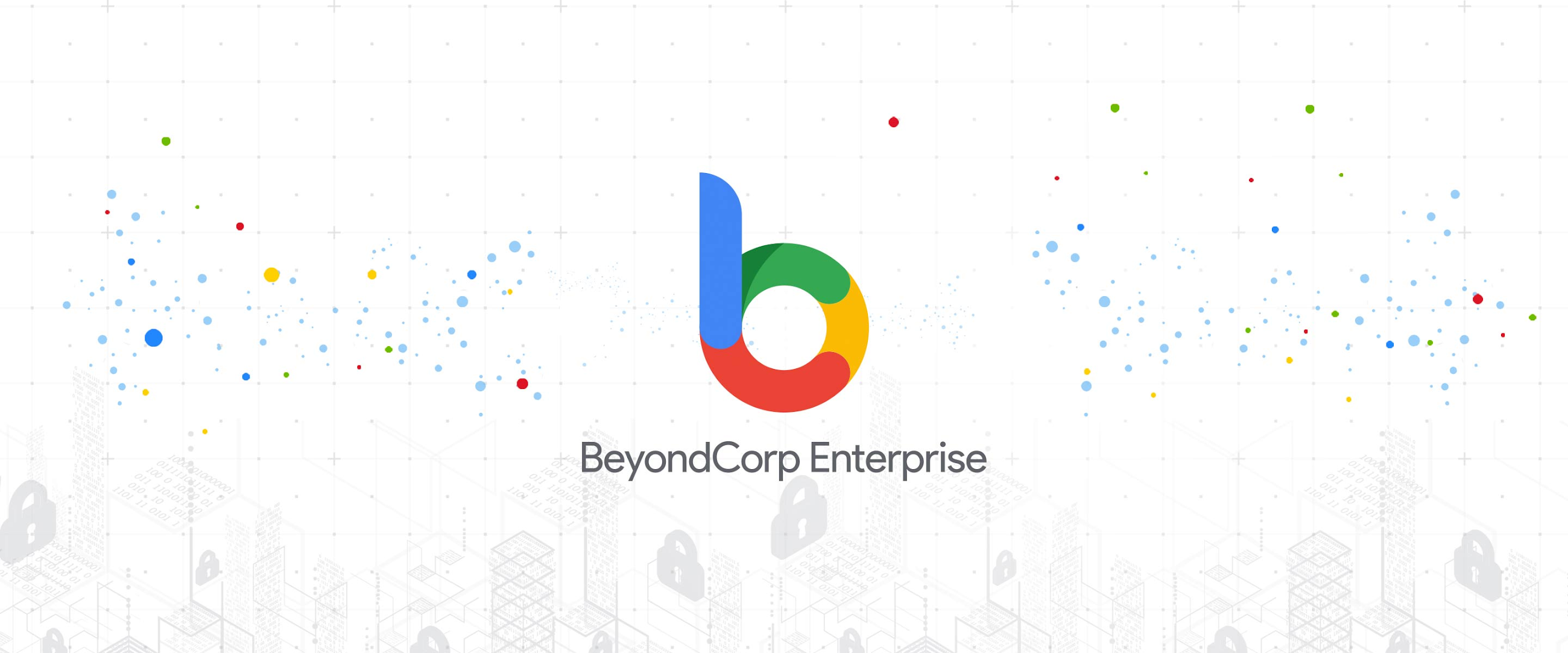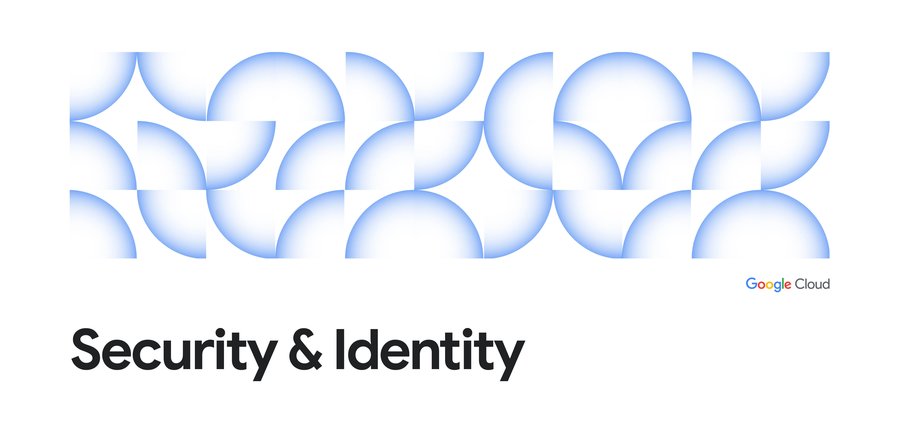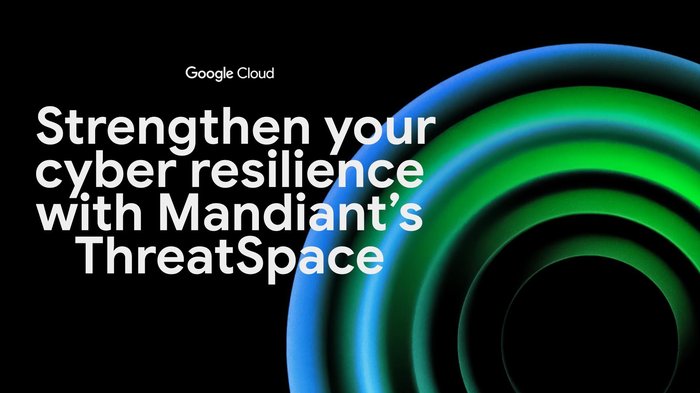Making access to SaaS applications more secure with BeyondCorp Enterprise

Jian Zhen
Group Product Manager
An explosion of SaaS applications over the last decade has fundamentally changed the security landscape of modern enterprises. According to the Cloud Security Threat Report1, the average organization uses hundreds, possibly upwards of 1,000 of SaaS applications, many of these unsanctioned by IT departments, and this number is only forecasted to increase. Today, we see many organizations trying to secure modern SaaS applications with a legacy, network-based approach, where access might only be given if a user is on the corporate network or connecting through a VPN. But conventional castle-and-moat security strategies are no longer adequate; the network from which you access resources is no longer a reliable indicator of trusted access.
This paradigm shift has led to increased adoption of the zero trust model, where no person, device, or network enjoys inherent trust. Instead, trust, which allows access to applications and information, must be earned by demonstrating criteria such as identity and other factors, through policies set by administrators.
Transitioning to a zero trust model is no easy feat, which is why we recently introduced BeyondCorp Enterprise to help our customers with this challenge. BeyondCorp Enterprise allows users to implement a zero trust approach based on the same principles we use at Google and manage access to their SaaS applications hosted on Google Cloud, in other clouds, or on-premises. And now, in light of the increase in remote work, secure access to applications has never been a more relevant conversation.
BeyondCorp Enterprise makes it easy to enforce granular access policies based on a user’s identity, organizational group, device health, encryption status, geographic origin, form of authentication, and more. But application access is only one part of our zero trust approach; once a user has access to an app, we also want to make sure their data is protected. BeyondCorp Enterprise includes new threat and data protection services, giving users an added layer of security, integrated directly in the browser without the need for an agent.
Transitioning to a zero trust model can be a journey, but our solutions can help you get started quickly and easily. One way to do this is to think about your deployment and take a targeted approach, for instance, starting with a group of specific users or a set of SaaS apps you want to secure. For instance, you could think about frontline workers who may only need to access a point-of-sale application, or maybe your organization has a large customer service operation and those employees only need to access call center software. These use cases and ones similar are a great first step as they are straightforward and the use of VPN is almost certainly unnecessary.
Our new whitepaper, “Secure access to SaaS applications with BeyondCorp Enterprise,'' outlines common scenarios for IT leaders to consider, and provides guidance for how they can approach each one. As with any new deployment, there are a number of security factors organizations must consider, such as:
How to govern zero trust access to sanctioned SaaS applications
How to prevent leakage of sensitive data from SaaS applications
How to prevent malware transfers and lateral movements via sanctioned applications
How to prevent visits to phishing URLs embedded in application content
We dive deeper into each of these, as well as a selection of other scenarios, in the whitepaper. Read it here, and learn more about BeyondCorp Enterprise in our on-demand overview webinar or our product page.
1. Cloud Security Threat Report



